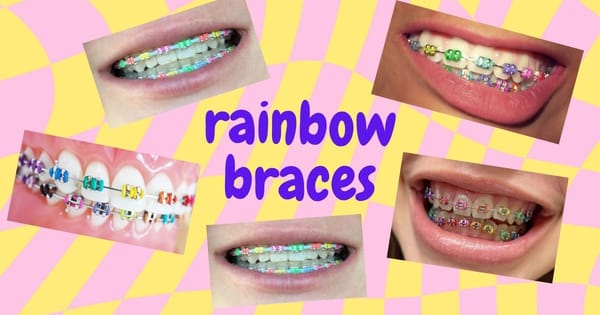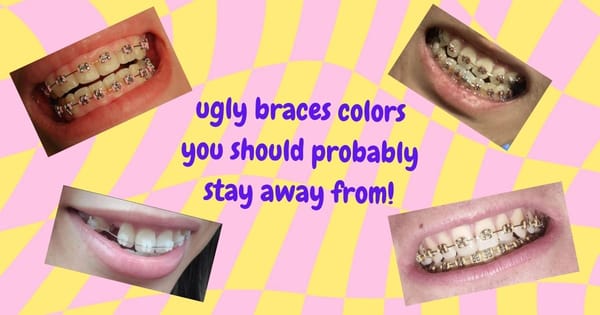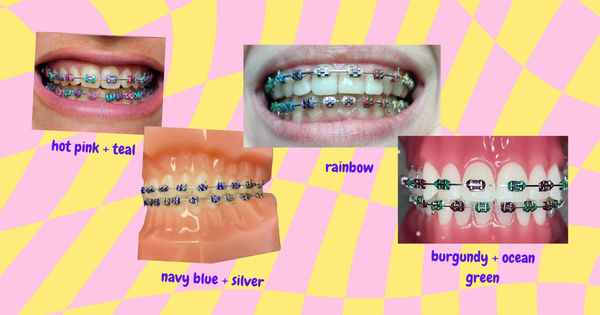Zac Efron's Smile: Gap Gone, Veneers Avoided?

From his High School Musical heartthrob days to his more recent, sometimes dramatically different looks (hello, Iron Claw!), Zac's face is instantly recognizable.
And like many celebs who've been in the spotlight since they were young, his smile has definitely evolved.
There's been chatter about his teeth over the years – especially that signature gap he used to sport.
Plus, more recently, photos showing changes in his jawline sparked a ton of online speculation, with some wondering if he got a whole new set of teeth.
So, let's put on our dental detective goggles, examine the evidence from childhood to now, and figure out what likely went down with Zac Efron's smile.
Did he jump on the veneer train, or did he take a different route?
Phase 1: The Early Years – That Signature Gap & Unique Shape
Rewind to the early-to-mid 2000s. Young Zac Efron hit the scene, charming audiences in shows like Summerland before HSM launched him into superstardom.
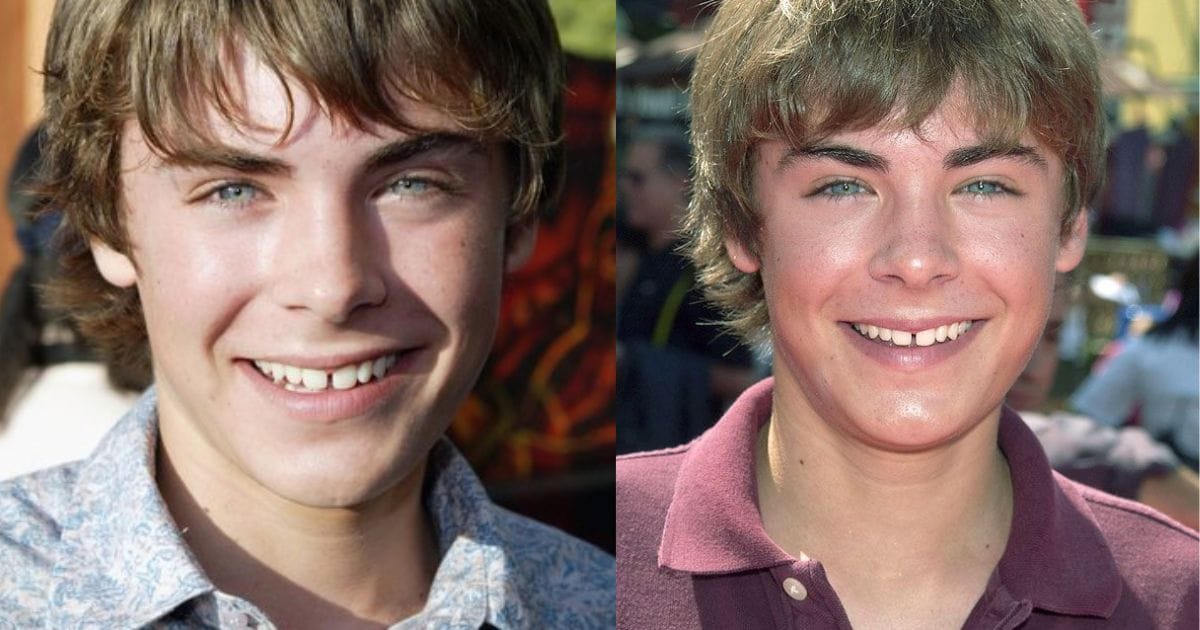
Looking closely at his smile back then, two things really stand out:
- The Diastema: He had a noticeable gap, or diastema, right between his two upper front teeth (the central incisors).
This isn't uncommon at all, and lots of people have them naturally. For Zac, it was definitely part of his youthful, boyish charm.
- Tooth Shape: His teeth, especially those front ones, had a distinct shape. They were somewhat oval or rounded, particularly at the corners near the biting edge (the incisal edge).
The edges themselves looked quite pointed or tapered. From my chair, I can tell you, this shape is sometimes considered a bit more "feminine" compared to the more squared-off, rectangular teeth often associated with a traditionally masculine look.
There’s absolutely nothing wrong with it – it’s just a natural variation in tooth morphology!
This was the smile we saw during his major breakout years. It was unique, recognizable, and perfectly suited his image at the time.
Phase 2: Closing the Gap – The Subtle Shift
As Zac transitioned into more adult roles, eagle-eyed fans noticed a significant change: the gap between his front teeth disappeared.
The teeth came together, creating a more seamless, closed smile line. But how did this happen?
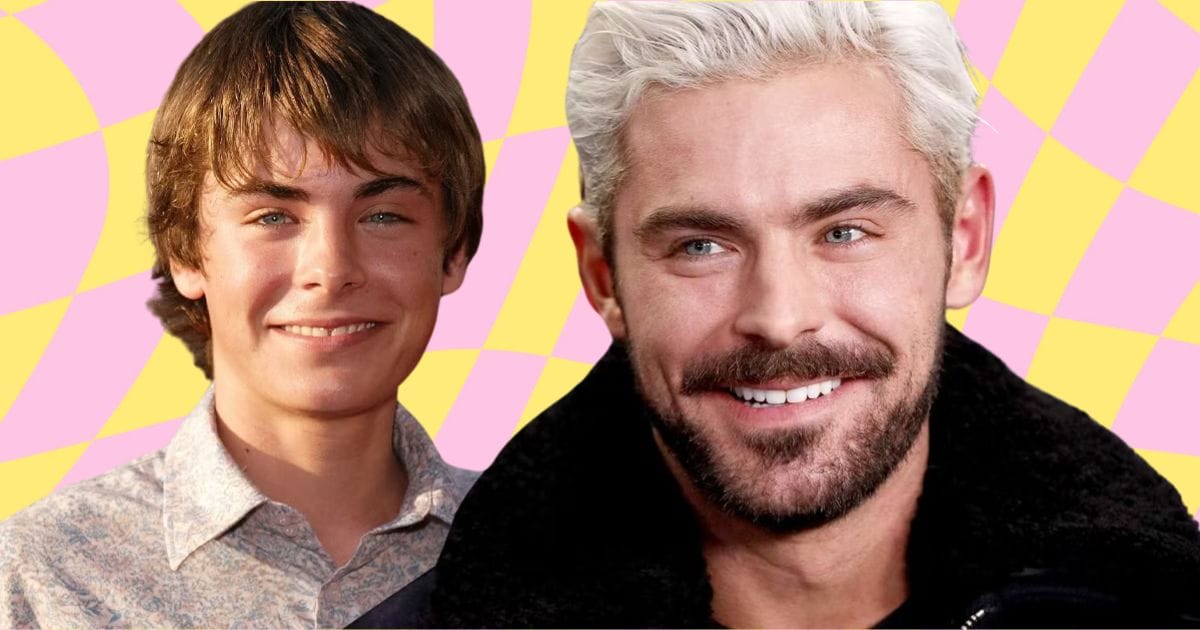
Based on the visual evidence – primarily the fact that his tooth shape didn't dramatically change – my professional assessment is that Zac Efron most likely used orthodontics, specifically Invisalign or a similar clear aligner system, to close the diastema.
Here’s why this makes sense:
- Orthodontics Moves Teeth: Invisalign works by using a series of clear, custom-made trays to gradually shift teeth into the desired position.
It's fantastic for closing gaps and correcting alignment issues without altering the actual shape or size of the teeth themselves.
- Shape Consistency: If he had gotten veneers to close the gap, the shape of those front teeth would almost certainly have changed.
Veneers are thin shells placed over the teeth, and dentists usually use them to create a more idealised shape – often more symmetrical, potentially wider or longer.
The fact that Zac's teeth retained their characteristic rounded corners and pointed edges after the gap closed is a strong indicator that the teeth themselves were simply moved closer together.
- Subtlety: Invisalign is popular among adults and celebrities because the clear aligners are much less noticeable than traditional braces. He could undergo treatment without it being overly obvious.
Phase 3: The Current Smile – Natural Teeth Shining Through?
Looking at more recent photos of Zac, even up to 2021 and beyond, his smile still seems consistent with orthodontic treatment rather than veneers.
- Retained Features: He still has those slightly rounded corners on his incisors. There's also a small, persistent chip on the corner of one of his front teeth (dentists call this the mesial incisal edge of tooth #8 – his upper right central incisor).
This little imperfection has been visible for years, both before and after the gap closure. Let's be real for a second... if you're investing in veneers, you're almost certainly going to fix chips and smooth out edges for a "perfect" look.
The fact that this chip remains is strong evidence against veneers.
- Incisal Edge Shape: His teeth still display those somewhat pointed incisal edges. Furthermore, his upper front teeth have a slight "shovel shape" – meaning they are a bit wider near the gumline and taper slightly towards the biting edge, sometimes with a subtle concavity on the back surface.
This is a natural tooth form, but not typically a shape people request when getting veneers. Most veneer cases aim for flatter front surfaces and straighter, often slightly fuller, biting edges.
- Bleaching Likely: His teeth definitely look brighter and whiter now compared to his teen years.
This is almost certainly due to professional teeth whitening or bleaching. This is super common and can dramatically enhance a smile without altering the tooth structure itself like veneers do.
So, the verdict from my perspective? It looks like Zac opted for a conservative approach: Invisalign to close the gap + regular professional whitening.
And honestly?
That's awesome. He addressed the spacing issue while preserving the natural character (and minor imperfections!) of his own teeth.

Addressing the Buzz: What About That Jawline and "New Teeth" Talk?
Okay, let's tackle the elephant in the room. A while back, photos surfaced showing Zac with a significantly more pronounced jawline, leading to widespread internet speculation.
Theories ranged from plastic surgery (jaw implants?) to dental work gone wrong, wisdom teeth removal swelling, or even new veneers.
Some Reddit comments linked it to potential past struggles, suggesting "new teeth" are common after addiction (though this is a generalization and doesn't seem applicable here based on the teeth themselves).
- Separating Jaw from Teeth: It's crucial to distinguish between changes in the jaw/facial structure and changes to the teeth themselves.
While his jawline did look different in those photos (he later attributed it to recovery from a shattered jaw injury and subsequent physical therapy causing masseter muscle growth), his teeth – the shape, the chip, the incisal edges – looked consistent with his post-Invisalign, natural smile.
Veneers would have changed the teeth, not necessarily the underlying jaw structure in that specific way.
- Wisdom Teeth Swelling: While wisdom tooth removal can cause temporary swelling, it usually resolves within a week or two, not the extended period some fans observed the change. Plus, it doesn't alter the shape of the existing front teeth.
- Masseter Botox: Some suggested Botox to the masseter (jaw) muscles could explain changes. Botox shrinks these muscles, often used to treat grinding or slim the jawline – the opposite of the enlarged appearance seen in those specific photos.
- No Veneer Evidence: Bottom line: looking purely at the dental evidence, there's nothing in those jawline photos, or more recent ones, to suggest he suddenly got veneers. The distinctive features of his natural teeth remain.
The Ted Bundy Transformation: Fake Teeth for a Role
Another point of potential confusion is his role as Ted Bundy in Extremely Wicked, Shockingly Evil and Vile.
He underwent a significant physical transformation for the part, including weight loss.
Critically, he wore fake teeth – specifically for his bottom row – to more closely resemble Bundy.
It's important to highlight this: these were temporary, prosthetic pieces for a movie role, NOT permanent dental work like veneers.
This is common practice in filmmaking to help actors embody a character physically. It has no bearing on his actual, permanent smile.
Why Invisalign Was (Likely) the Right Call for Zac
Choosing Invisalign over veneers for his initial gap issue was, in my opinion, an excellent example of conservative, appropriate treatment.
- Addresses the Core Issue: His main concern was spacing. Invisalign is specifically designed for this.
- Preserves Natural Structure: Why remove healthy enamel for veneers when the underlying teeth are perfectly fine, just slightly misplaced? Invisalign preserves the natural tooth structure entirely.
I often compare unnecessary veneers on healthy teeth to getting a prosthetic limb when your real one works perfectly fine – it just doesn't make sense unless there's significant underlying damage or aesthetic compromise that orthodontics alone can't fix.
- Maintains Unique Character: It allowed him to keep the unique shape of his teeth, avoiding the potential "cookie-cutter" look that sometimes comes with veneers.
Estimating the Investment (The Likely Path)
So, what kind of investment did Zac likely make in his smile transformation?
- Invisalign: The cost for comprehensive Invisalign treatment typically ranges from $3,000 to $7,000 in the US, depending on case complexity and location.
- Professional Whitening: In-office or take-home whitening kits from a dentist usually cost between $500 and $1,000.
- Total Estimated Investment: Likely somewhere in the $3,500 to $8,000 range for the primary transformation (gap closure + whitening).
Compare this to the cost if he had opted for veneers to close the gap and change the shape (let's say upper front 6-8 teeth): $6,000 - $20,000+, plus lifelong replacement costs.
By choosing orthodontics, he achieved his goal much more conservatively and cost-effectively in the long run.
Fan Reactions: Surprise and Speculation
The fan reactions reflect the journey:
- Surprise at Real Teeth: Many were shocked to learn his teeth are likely natural (post-ortho), assuming Hollywood perfection automatically means veneers.
- Remembering the Gap: Long-time fans clearly recall the original diastema and noticed its closure.
- Jawline/Veneer Speculation: The recent jaw changes fueled a lot of theories, highlighting how quickly people jump to conclusions about cosmetic work.
My Final Take: A+ for Conservative Dentistry!
As a dentist who champions enhancing natural beauty and choosing the least invasive effective treatment, I genuinely applaud Zac Efron's likely dental path.
- Smart Use of Ortho: He used Invisalign for its intended purpose – moving healthy teeth into better alignment. Perfect case selection!
- Embracing Natural Shape: He kept his unique tooth morphology, chips and all, rather than opting for generic veneer shapes. This maintains individuality.
- Effective Whitening: He brightened his smile effectively without resorting to permanent restorations.
- Resisting Trends? In an industry saturated with veneers, sticking to his natural (albeit straightened and whitened) teeth is quite refreshing. It counters the "everyone must look the same" pressure.
Zac Efron's smile story is a great example of how targeted, conservative dental treatments like orthodontics and whitening can create a fantastic, camera-ready result without needing to completely overhaul natural teeth with veneers.
It proves that you can close gaps and brighten your smile while still looking like you. A definite win for natural aesthetics in my book!
What do you think of Zac's smile transformation? Were you surprised he likely didn't get veneers? Let me know your thoughts!


